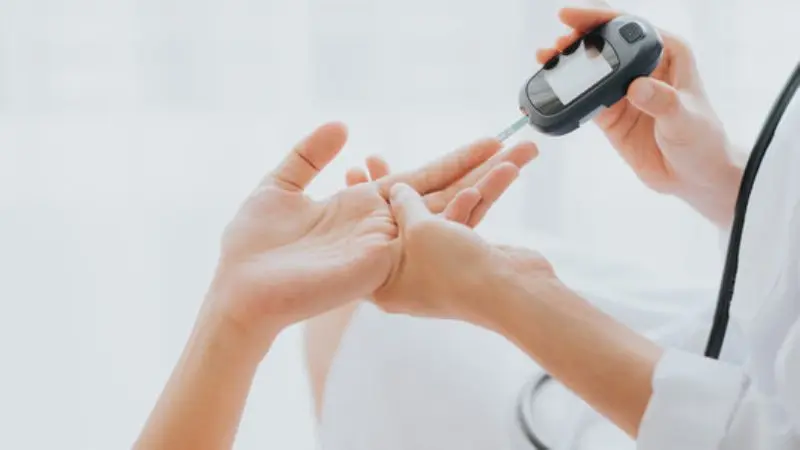How to Test for Diabetes: Your Guide to Diagnosis and Screening
Diabetes is a chronic health condition that affects the body’s ability to regulate blood sugar levels. Early detection is crucial to manage the disease and prevent or delay related complications.
This article will provide a comprehensive overview of the various tests used to diagnose diabetes and the importance of regular screening.
1. Understanding Diabetes
Before we dive into the tests, it’s essential to understand what diabetes is. Diabetes occurs when the body either doesn’t make enough insulin (a hormone that helps glucose enter cells) or can’t effectively use the insulin it does produce. There are two main types of diabetes: Type 1 and Type 2, each with different causes and risk factors.
2. Who Should Get Tested for Diabetes?
Before discussing the tests, let’s consider who should get tested for diabetes. The American Diabetes Association recommends testing for Type 2 diabetes in adults of any age who are overweight or obese and have one or more of the following risk factors:
- Physical inactivity
- Close relative with diabetes
- Women who delivered a baby weighing more than 9 pounds or had gestational diabetes
- High blood pressure or cardiovascular disease
- High cholesterol levels
- Polycystic ovary syndrome
- Prediabetes identified by previous testing
Even without these risk factors, testing should begin for all individuals at age 45, and if results are normal, it should be repeated at least every three years.
3. Diabetes Diagnostic Tests
There are several ways healthcare professionals can test for diabetes, each measuring the amount of glucose in the blood. The main types are:
1. Fasting Plasma Glucose (FPG) Test
The FPG test measures blood glucose levels after an overnight fast (no food or drink except water for at least eight hours) a fasting blood glucose level of 126 mg/dL or higher on two separate tests indicates diabetes.
2. Oral Glucose Tolerance Test (OGTT)
The OGTT is a two-hour test that measures blood glucose levels before and two hours after you drink a special sweet drink provided by a healthcare professional this drink contains a known quantity of glucose, and the test assesses your body’s response to it. A two-hour blood glucose level of 200 mg/dL or higher indicates diabetes.
3. Random Plasma Glucose Test
This test, also called a casual plasma glucose test, measures blood glucose regardless of when you last ate. Alongside symptoms of diabetes, a blood glucose level of 200 mg/dL or higher indicates diabetes.
4. A1C Test
The A1C test, also known as the hemoglobin A1C or HbA1c test, measures your average blood glucose levels over the past two to three months. The A1C test measures the percentage of hemoglobin (the protein in red blood cells that carries oxygen) coated with sugar. An A1C level of 6.5% or higher on two separate tests indicates diabetes.
4. Additional Tests for Type 1 Diabetes
In addition to the above tests, individuals suspected of having Type 1 diabetes may undergo further tests to confirm the diagnosis:
- Autoantibody tests: These can determine if the immune system is attacking the insulin-producing cells in the pancreas.
- C-peptide test: This measures how much insulin the pancreas is producing.
Conclusion
If you’re at risk for diabetes or experiencing symptoms such as frequent urination, excessive thirst, unexplained weight loss, increased hunger, or blurred vision, you should seek medical advice promptly.
Early detection is vital in managing diabetes, preventing complications, and improving quality of life. Remember that while a diabetes diagnosis can be daunting, with the right treatment plan and lifestyle modifications, it can be effectively managed always consult with a healthcare professional for personalized advice.
